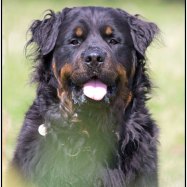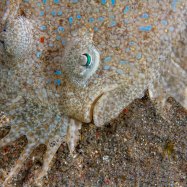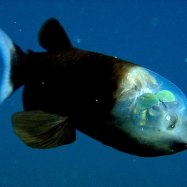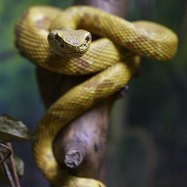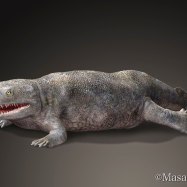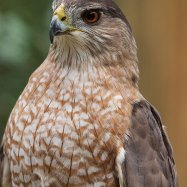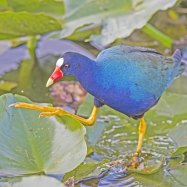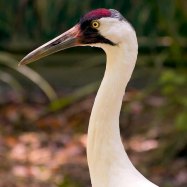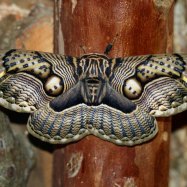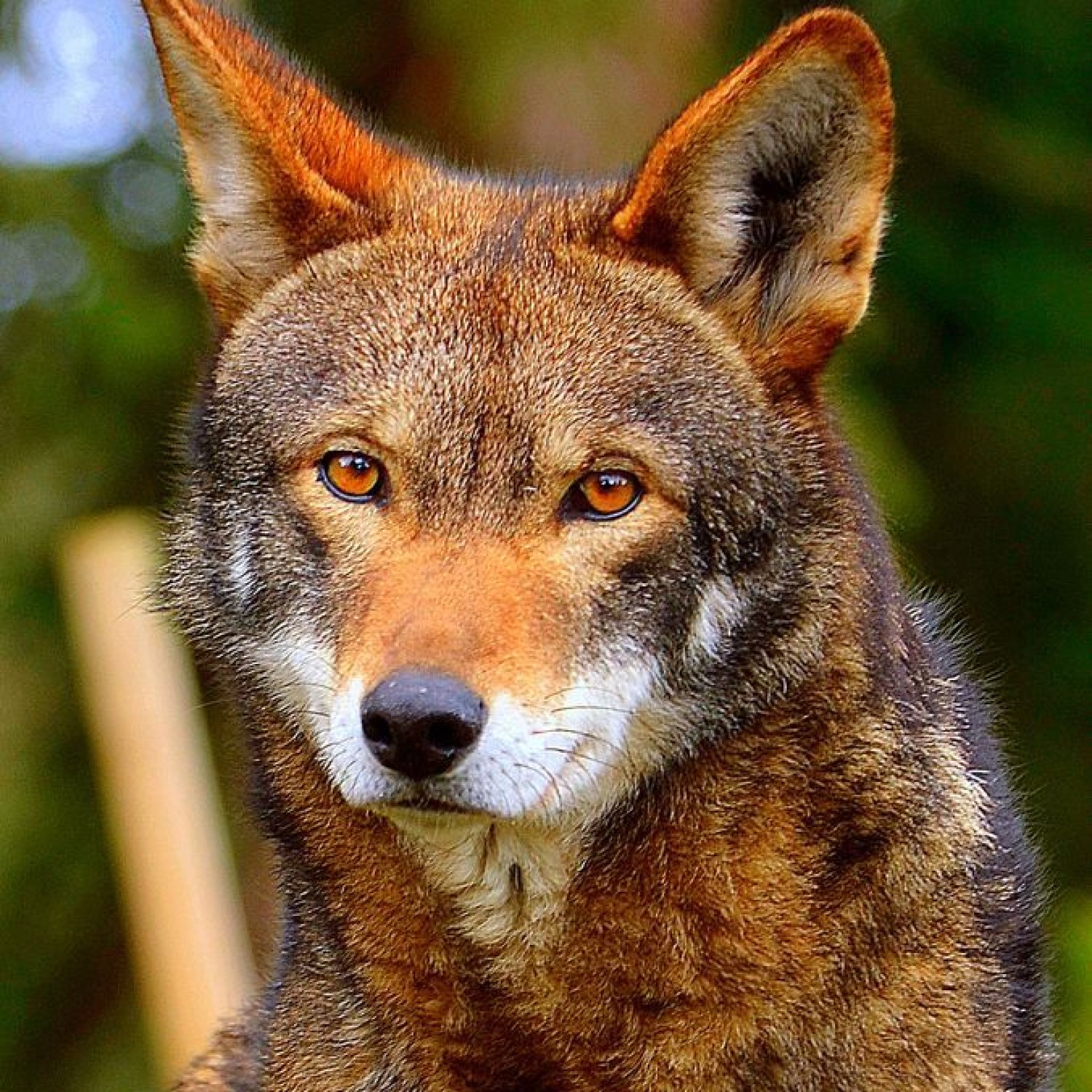
Red Wolf
4 to 5.5 feet
The red wolf, a medium-sized canid, can grow up to 4 to 5.5 feet in length. Native to North Carolina, it has a distinct reddish coat and is a part of the Canidae family. Sadly, their population has been declining, making conservation efforts crucial for their survival. Let's do our part to protect these beautiful animals. #redwolf #wildlifeconservation
Animal Details Summary:
Common Name: Red Wolf
Kingdom: Animalia
Habitat: Wetlands, forests, and coastal prairies
The Fascinating Red Wolf: A Rare and Endangered Species
Deep in the southeastern United States, a native canine roams the wetlands, forests, and coastal prairies of North Carolina. Its scientific name is Canis rufus, but it is more commonly known as the Red Wolf. This species, with its unique genetic makeup and remarkable abilities, is one of the most fascinating and endangered animals in the world.The Red Wolf belongs to the animal kingdom, under the phylum Chordata and the class Mammalia Red Wolf. It is a member of the order Carnivora, which means it is a carnivorous animal, and the family Canidae, which includes other canines such as wolves, coyotes, and dogs. But what sets the Red Wolf apart from its relatives is its striking features and characteristics.
One of the most distinct features of the Red Wolf is its reddish-brown fur, which gives it its name. This fur coloration serves as camouflage in its natural habitat, making it difficult for predators to spot them. In addition to their reddish-brown coat, Red Wolves also have a white-tipped tail, black legs, and large pointed ears. These features make them physically imposing and adaptable to their surroundings.
Red Wolves possess a medium-sized body, with a length of 4 to 5.5 feet and weighing approximately 50 to 80 pounds. Despite their size, they are agile and swift, able to reach speeds of up to 30 miles per hour Red Tailed Cuckoo Bumblebee. Their body shape is designed for stealth hunting, making them efficient carnivores.
Speaking of hunting, Red Wolves are known for their Carnivorous feeding method. They prey on small mammals such as rabbits, rodents, and even deer. They also eat a variety of birds, fish, and reptiles. Being skilled and resourceful hunters, they are essential in maintaining balance in their ecosystem.
The Red Wolf's geographical distribution is limited to the southeastern United States, with North Carolina being a prime location. Their population is primarily concentrated in the Alligator River National Wildlife Refuge in North Carolina, with occasional sightings in other states like Texas and Arkansas. This restricted distribution is one of the reasons why this species is endangered.
The Red Wolf once roamed freely throughout the southeastern states, but their numbers began to dwindle due to various factors. Habitat destruction, hunting, and hybridization with Coyotes are some of the main threats to their population. These factors have caused the Red Wolf's population to decline drastically, earning them a spot on the endangered species list.
To combat this decline, conservation efforts have been put in place to protect and preserve the Red Wolf population. The U.S. Fish & Wildlife Service has been leading the charge in these efforts, implementing breeding programs and establishing protected areas for the Red Wolves to thrive. Despite these efforts, the Red Wolf population remains critically low, with only an estimated 45 individuals left in the wild.
The Red Wolf's country of origin is the United States, making it a truly American species. This unique and rare animal holds a special place in American history and culture. Its significant cultural and environmental importance is recognized by the state of North Carolina, as it has been designated as the official state mammal.
Many organizations and individuals are working tirelessly to protect and conserve the Red Wolf species. These efforts include educating the public about the importance of preserving their habitat and the consequences of hybridization. These initiatives also aim to raise awareness about the need for sustainable conservation practices and the impact of human activities on the environment.
In addition to its physical features and cultural significance, the Red Wolf also has a unique genetic makeup. Recent studies have shown that Red Wolves have a mix of coyote and gray wolf DNA. This discovery has sparked debates and discussions among scientists and conservationists, with some arguing that Red Wolves should be classified as their own distinct species, while others believe they should be labeled as subspecies of the gray wolf.
Regardless of the classification, the Red Wolf's genetic makeup is essential in understanding the evolution and adaptability of this species. It also highlights the importance of preserving their unique genetic identity and avoiding hybridization with other canines.
Apart from its physical appearance, the Red Wolf is also known for its social behaviors. These animals are monogamous, forming strong bonds with their mates. They also live in close-knit packs, consisting of an alpha pair and their offspring. These packs play a crucial role in the species' survival, as they work together to hunt, raise young, and defend their territory.
In conclusion, the Red Wolf is a remarkable and intriguing animal that deserves to be protected and conserved for future generations. This rare and endangered species has captured the hearts of many, and it is a symbol of the importance of preserving our planet's rich biodiversity. With continued conservation efforts, we can ensure the survival of this magnificent creature and marvel at its beauty for years to come.

Red Wolf
Animal Details Red Wolf - Scientific Name: Canis rufus
- Category: Animals R
- Scientific Name: Canis rufus
- Common Name: Red Wolf
- Kingdom: Animalia
- Phylum: Chordata
- Class: Mammalia
- Order: Carnivora
- Family: Canidae
- Habitat: Wetlands, forests, and coastal prairies
- Feeding Method: Carnivorous
- Geographical Distribution: South-eastern United States
- Country of Origin: United States
- Location: North Carolina
- Animal Coloration: Reddish-brown
- Body Shape: Medium-sized
- Length: 4 to 5.5 feet

Red Wolf
- Adult Size: 40 to 90 pounds
- Average Lifespan: 6 to 10 years
- Reproduction: Sexual
- Reproductive Behavior: Monogamous
- Sound or Call: Howls and barks
- Migration Pattern: No regular migration pattern
- Social Groups: Solitary or in small packs
- Behavior: Nocturnal and crepuscular
- Threats: Habitat loss and human persecution
- Conservation Status: Critically endangered
- Impact on Ecosystem: Important predator in the ecosystem
- Human Use: Historically hunted
- Distinctive Features: Reddish fur and long legs
- Interesting Facts: Only wild canid species found solely in the United States
- Predator: Humans
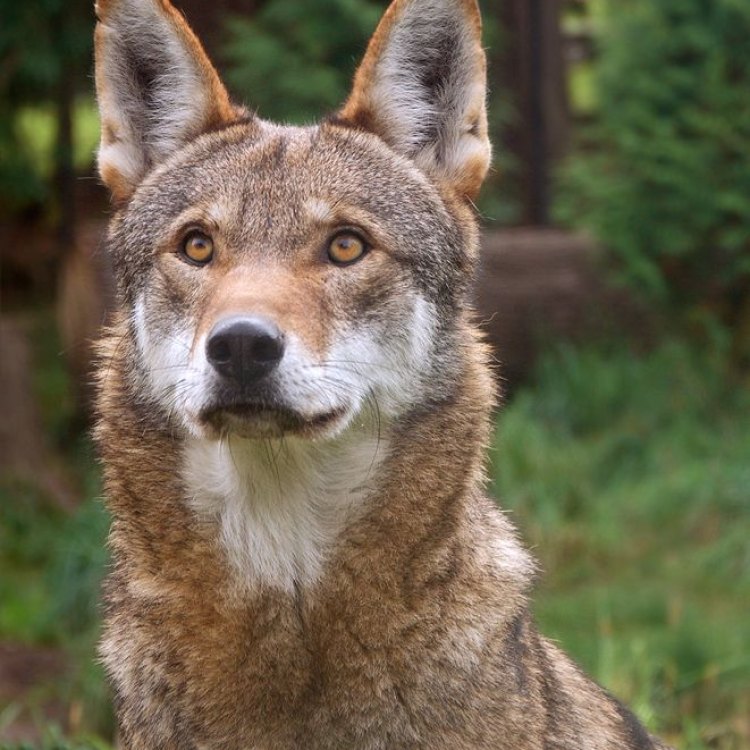
Canis rufus
The Red Wolf: An Endangered American Icon
In a remote area of the United States, a creature roams the wetlands and forests, its presence often going unnoticed by the human eye. However, despite its elusive nature, the red wolf stands out in the animal kingdom for its unique characteristics and importance in its ecosystem. With its distinctive features and behaviors, the red wolf holds a special place in the hearts of conservationists and wildlife enthusiasts alike. Let us delve deeper into the world of this critically endangered species and discover why it is worth protecting PeaceOfAnimals.Com.The red wolf, or Canis rufus, is a canid species native to the southeastern United States. Unlike its distant relative, the larger and more common gray wolf, the red wolf is a solitary hunter and weighs between 40 to 90 pounds as an adult. Its average lifespan is between 6 to 10 years, making every encounter with this elusive creature truly special.
One of the most distinctive features of the red wolf is its reddish fur, which earned it its name. Its fur also has a mix of brown, black, and white, giving it a unique coloration. The fur is usually thicker and longer than that of other wolf species, allowing it to survive in the cold and wetter habitats it calls home.
Furthermore, the red wolf's long and slender legs set it apart from other canid species. This feature helps it navigate its terrain with ease, enabling it to move silently through the wetlands and forests. With its excellent hearing and sense of smell, the red wolf is a formidable predator, able to take down prey such as deer and smaller mammals Ringed Kingfisher.
In addition to its physical attributes, the red wolf's behaviors and social structures are also fascinating. It is a nocturnal and crepuscular animal, meaning it is most active during the night and twilight. This behavior helps the red wolf avoid competition with other predators and seek out its preferred prey. The red wolf is also known to be monogamous, with mated pairs usually staying together for life.
Although red wolves are capable of living alone, they sometimes form small packs of around four to eight individuals. These packs, unlike those of gray wolves, are often composed of a breeding pair and their offspring. The red wolf's pack dynamics and close-knit family structure have sparked comparisons to the African wild dog, another highly social canid species.
One of the most intriguing aspects of the red wolf is its vocalization. While it can bark like most dogs, its most distinct call is a long and mournful howl. The howl is used for communication between pack members, and it can be heard from quite a distance. Other vocalizations include growls, whines, and yips, all of which are essential to the red wolf's communication and socialization.
Despite its importance in its ecosystem, the red wolf is facing numerous threats that jeopardize its survival. One of the greatest threats is habitat loss due to human activities such as deforestation, agriculture, and urban development. As the red wolf's habitat shrinks, it has less space to roam, hunt, and find suitable mates.
Furthermore, the red wolf has also been a victim of human persecution, stemming from fear and misconception. Historically, humans have hunted red wolves for their fur and to protect their livestock. Although hunting is now strictly regulated, red wolves still face accidental killings due to mistaken identities and illegal poaching.
As a result of these threats, the red wolf now holds the status of critically endangered on the International Union for Conservation of Nature (IUCN) Red List. In fact, the red wolf is the only wild canid species found solely in the United States, making it a truly unique and precious part of American biodiversity.
The red wolf's declining population not only affects its own species but also has a ripple effect on its ecosystem. As an apex predator, the red wolf plays a crucial role in balancing the food chain. Its presence keeps the population of herbivores in check and therefore maintains the health and diversity of the environment. Without the red wolf, there can be a cascading effect on other species, leading to the disruption of the entire ecosystem.
Efforts to conserve the red wolf have been ongoing for decades, with various organizations and experts working tirelessly to save this species from extinction. One such effort is the reintroduction of red wolves into the wild. The Red Wolf Species Survival Plan aims to breed red wolves in captivity and release them into their native habitat. This approach has shown promising results, with the red wolf population slowly increasing in certain areas.
The red wolf's unique features and behaviors have also sparked scientific interest, leading to ongoing research and studies to better understand this species. Moreover, education and awareness campaigns have also helped to dispel myths and promote coexistence between humans and red wolves.
In conclusion, the red wolf is a fascinating and highly important species that deserves our attention and protection. Its distinctive features, behaviors, and vital role in the ecosystem make it a unique and valuable part of our natural world. As we continue to strive for a better and more sustainable future, let us not forget to care for and preserve the red wolf, a true American icon.
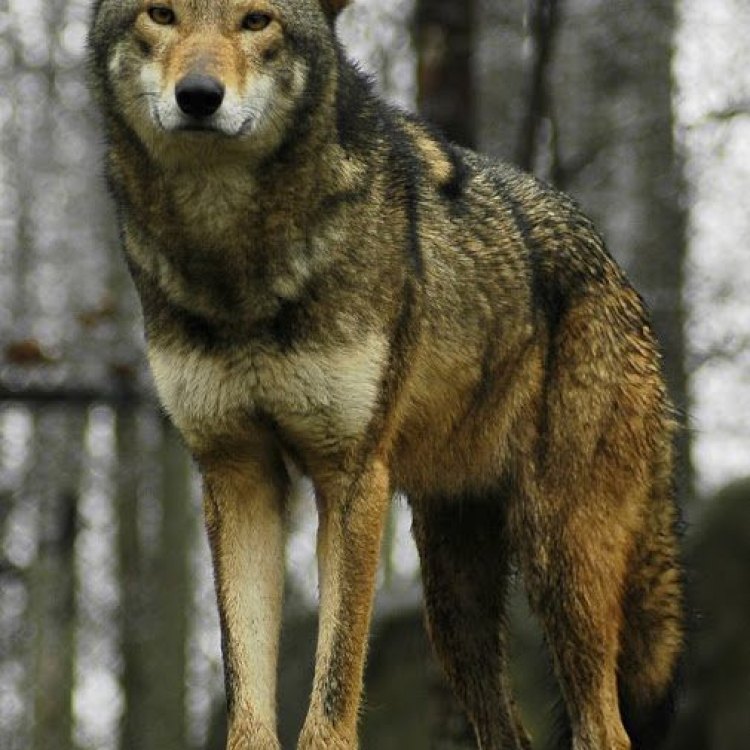
The Fascinating Red Wolf: A Rare and Endangered Species
Disclaimer: The content provided is for informational purposes only. We cannot guarantee the accuracy of the information on this page 100%. All information provided here may change without prior notice.

